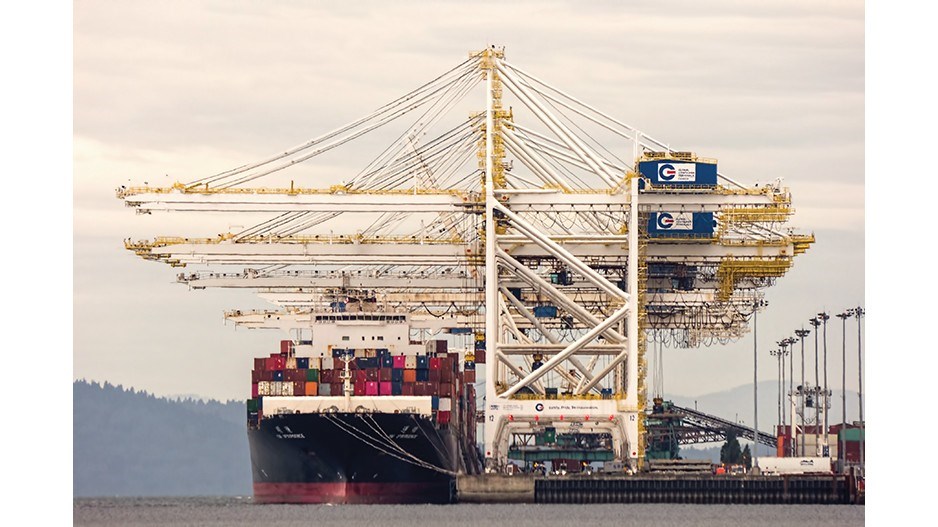The capacity and congestion crunch that has disrupted major global maritime trade lanes since mid-2020 shows no sign of easing anytime soon, and that has many B.C. businesses worried about the impact that limited inventories and bare shelves will have on their Black Friday and Christmas sales.
Julia Kuzeljevich, director of policy and communications at the Canadian International Freight Forwarders Association, said the most optimistic projections suggest that supply chains will begin to see relief by 2022’s second quarter, but she warned that even that is unpredictable.
According to a report from California-based trade finance company Drip Capital, prices for shipping containers jumped 450% between May 2020 and July 2021.
The daily backlog of container ships anchored and waiting to be unloaded at the ports of Los Angeles and Long Beach now ranges up to more than 60 compared with half that number in April. Prior to the pandemic, that number typically hovered at around one ship.
Meanwhile, the schedule reliability of ocean carriers has declined to the point that delays of up to 22 days are being experienced on the worst-hit transpacific trade routes.
As a result, major retailers like Nike (NYSE:NKE) have had to cope with shipment delays for up to several weeks. Others, like Walmart (NYSE:WMT), have resorted to chartering their own ships to try to navigate around ocean carrier capacity constraints on major shipping routes.
While it takes time to build ships and generally increase shipping capacity, the industry has responded by doing so. However, Kuzeljevich said the industry as a whole is hesitant to add too much shipping capacity into the system despite the massive spike in demand.
Before Covid-19, the global ocean carrier industry was struggling with overcapacity and rock-bottom rates. Many ocean carriers were consequently losing money. The industry is now trying to make hay while the sun shines by doing a better job of managing capacity and taking advantage of skyrocketing freight rates.
Rerouting empty shipping containers to trade lanes that need them most has been a major challenge for the entire supply chain ever since the sudden spike in transpacific freight started in the second half of 2020. A dearth of warehouse storage space in North America has added to cargo congestion.
Making matters worse, the sudden drop in passenger air travel has reduced air-freight capacity and driven up air cargo costs. The pandemic also dramatically increased demand for medical goods, which are often shipped by air. That has added to air freight demand and prices.
Kuzeljevich said the pandemic has severely disrupted the traditional supply chain cycle of seasonal peaks and valleys and forced shippers to deal with what has become a constant demand peak.




